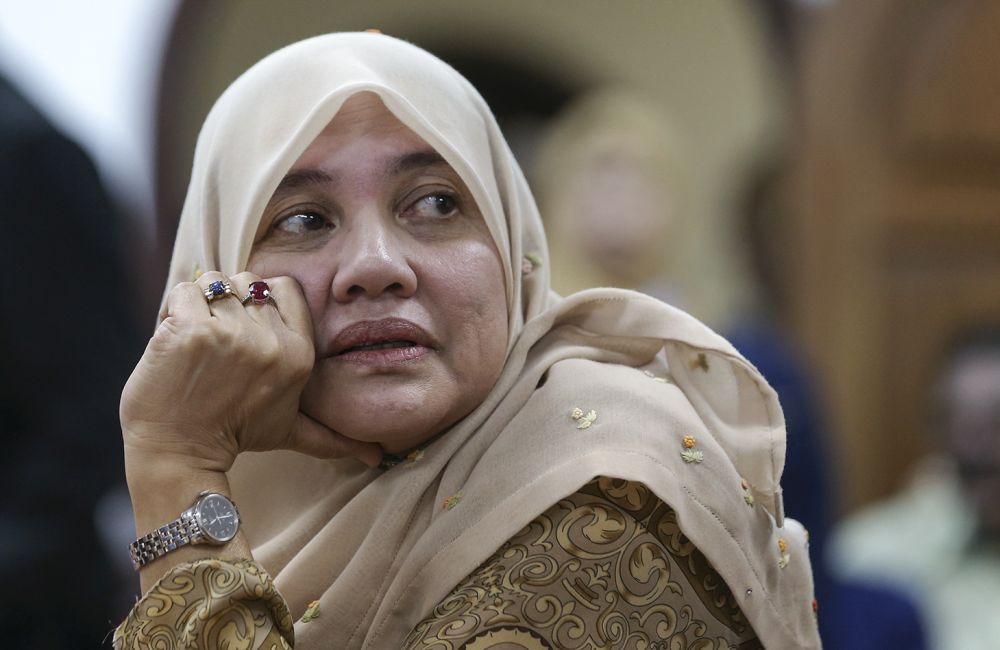KUALA LUMPUR, Aug 2 — The Malays have the second oldest set of mitochondrial DNA (mtDNA) in the world, second only to the Africans and making the ethnicity the second oldest in the world, writer and historian Zaharah Sulaiman told a forum today
Speaking at “The Origins of the Malay” forum organised by the Muslim Youth Movement of Malaysia (Abim), Zaharah said roughly 60,000 to 75,000 years ago, there was a migration by some of the shortest people from humanity’s cradle in Africa to Sundaland, which is now known as Southeast Asia.
“The study conducted by the Human Genome Organisation (Hugo) that was published in 2013 showed that the ancestors of the Malay people, the Semang and Senoi, migrated to the ancient kingdom of Champa that is now located in parts of Vietnam and Cambodia.
“Their ancestors were the first African tribes that migrated to the lands around Saudi Arabia and the Middle East.
“From Semang and Senoi came the rest of the ethnic tribes including the indigenous peoples such as the orang Asli, Iban, Dayaks and so on. In fact, the Malays’ closest ancestor is the Jakun tribe. So for politicians, regardless of which party to say that the Malays are migrants, that is not true,” said Zaharah.
The academic then pointed out that based on scientific evidence, the Malay set of mtDNA is 63,000 years old when compared to the Chinese mtDNA that is 43,000 years old. The youngest set of mtDNA in the world belongs to the South American civilisation at 10,000 years old.
She was positing a theory first put up by Professor Stephen Oppenheimer of the School of Anthropology and Museum Archeology of the University of Oxford.
Oppenheimer’s work on genetics, particularly on the mtDNA — which is the science of tracing genetic material through the maternal lineage — was first proposed in his 1998 book titled Eden in the East: The Drowned Continent of Southeast Asia.
It was also the first time the “Out of Sundaland” theory, in which ethnic Malay tribes were a part of one of the world’s ancient civilisations, was proposed.
Zaharah elaborated further saying that some of the Malay tribes residing in Champa and the Phillippine islands later moved northward to settle China and later establishing the Chinese civilisation.
However, she said this did not make the Chinese people an offshoot of the Malay tribes.
“It takes tens and thousands of years for an ethinicity, for a civilisation or a race to evolve. The roots of the Greeks also came from the settlers in Champa but it does not make them Malays,” she explained.
Zaharah added that the original Malay script — the Rejang Script— is an offshoot of Sanskrit and that Sanskrit first came to Sundaland before it reached the Indian subcontinent.
She explained that Sanskrit was actually an Indo-Aryan script and language originating from Persia (modern day Iran) and the Arabian peninsula.
“Since the Indians had studied Sanskrit extensively, people thought the language originated from there and the Malays borrowed many words from Sanskrit. I believe it is the other way around. Sanskrit came to Sundaland first before it reached India.
“Look at Kemboja (modern day Cambodia), the word Kemboja is Persian because they settled from a land known as Kembojas in modern day Iran. They settled there and intermingled with the Malay tribes there first before heading to India,” said Zaharah.
The historian also said she plans on approaching the government hoping to revise Malaysian history so it will be more accurate in light of the recent findings.
* Editor's note: The academics who were involved in the Human Genome Organisation have since rebutted historian Zaharah Sulaiman's assertion in an article to Malay Mail that can be read here.



















